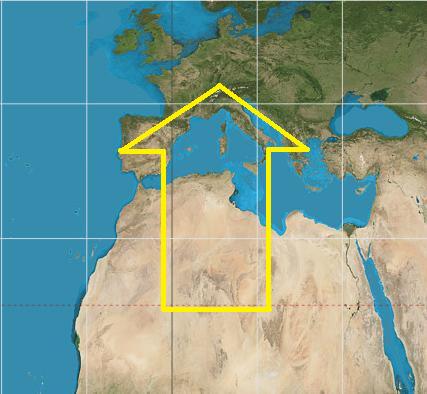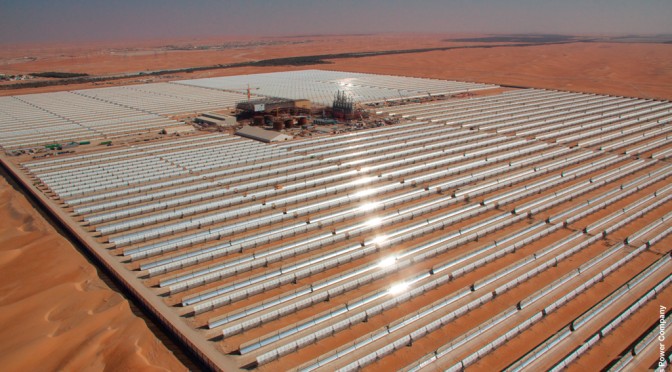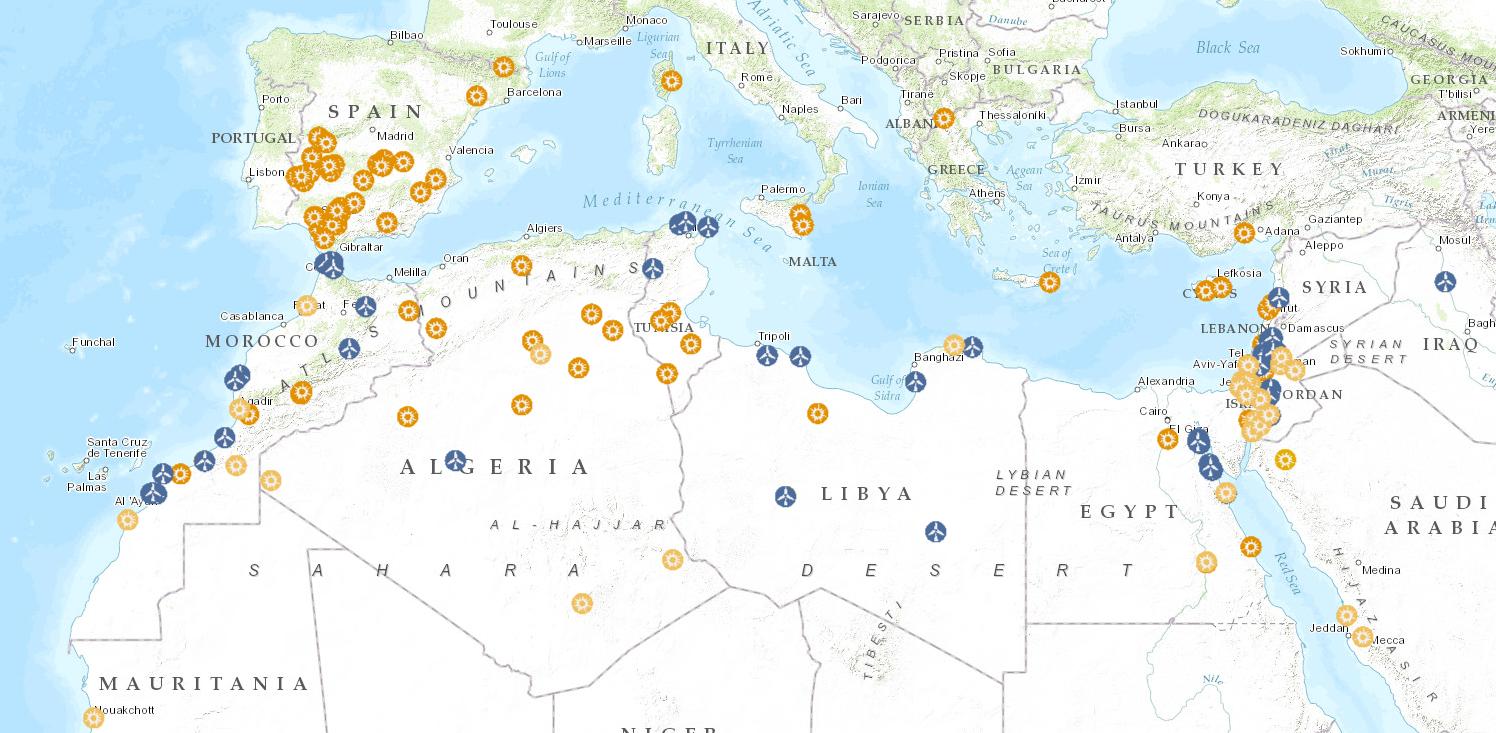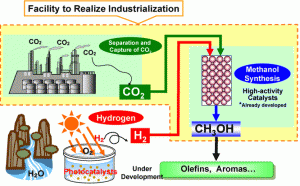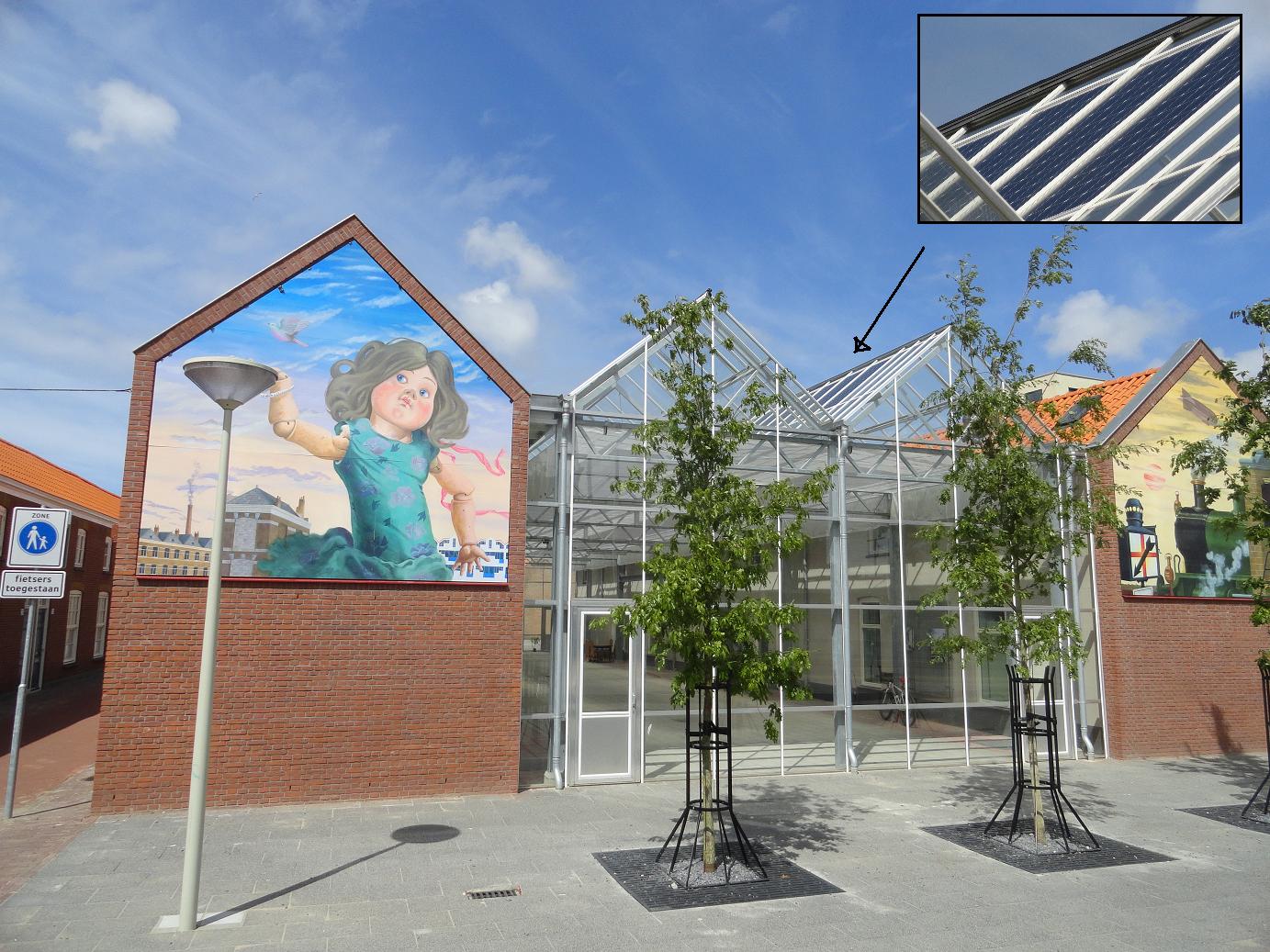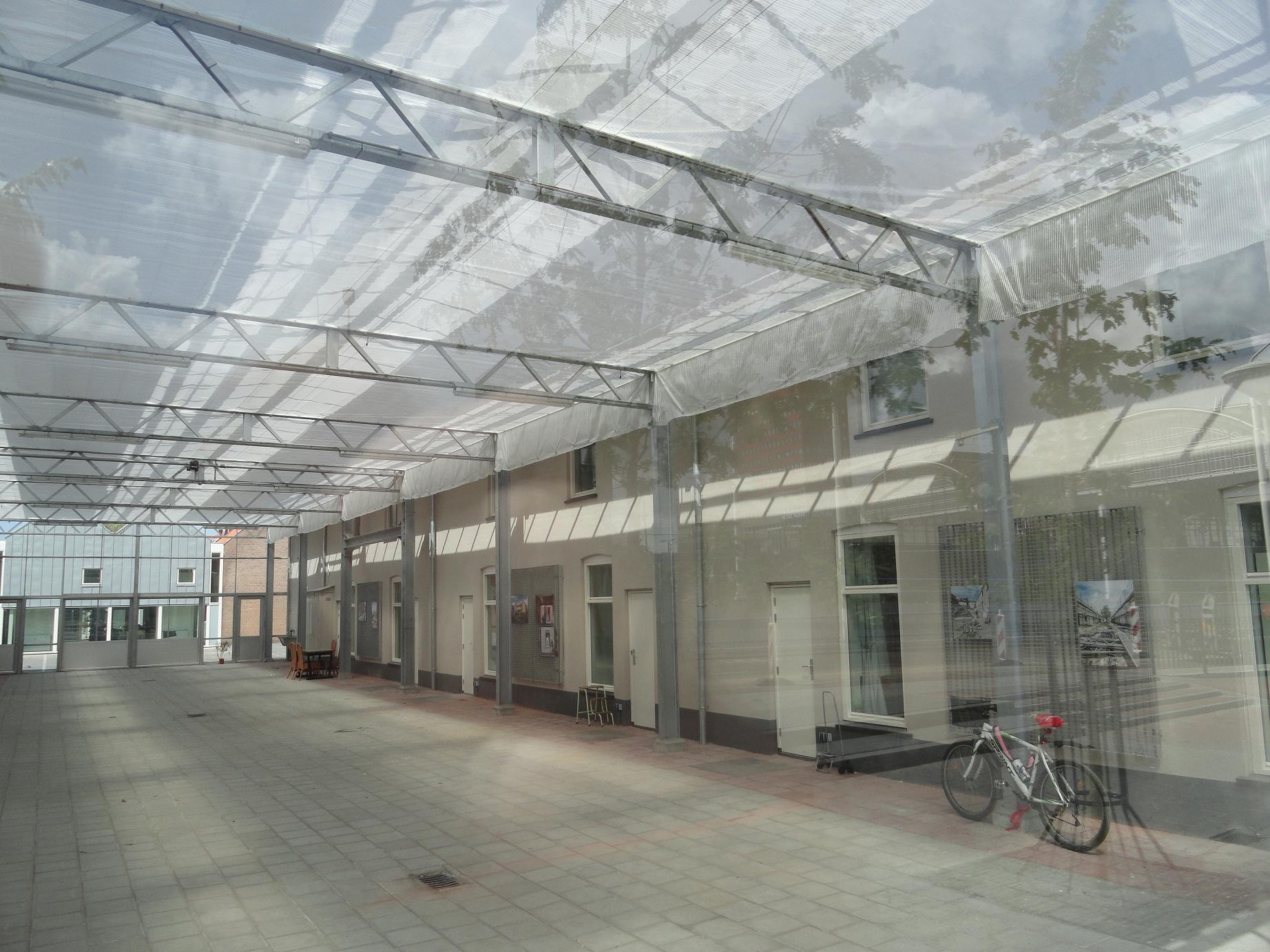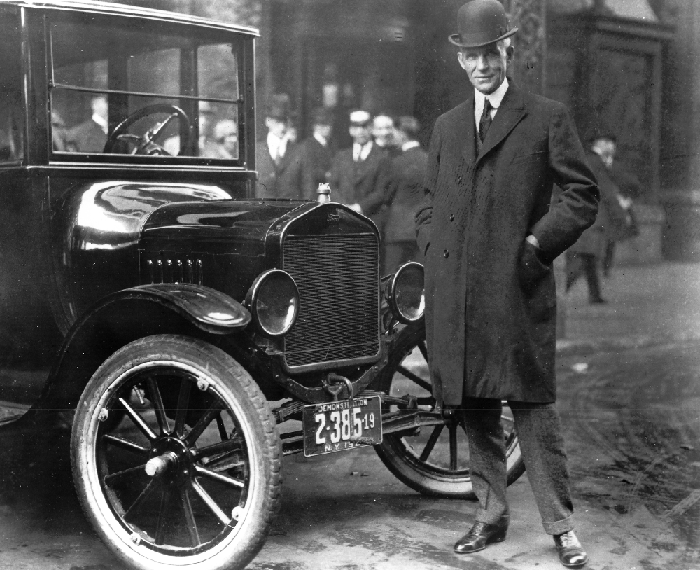Every citizen of the western world has been under pressure to become a consumer. You may have a job, so you may feel productive, but at home it is most appreciated if you just go to the supermarket and shopping mall, load you house with consumer goods, yourself with a mortgage and other debt, so you are a predictable part in the grander economic scheme. This scheme wants to maximize the utilization of fossil fuels, and that is all it wants.
It may be a genetic thing that people do like to create value on their own. This is fine as long as it doesn’t lead to a drop in consumption, so you can make a few bookshelves, but they won’t look as good as Ikea stuff, you may make jam at home, but it will have to be regulated. Every activity that makes people less dependent is fought by businesses that earn their living of this dependency, and the biggest business is the fossil fuel business.
Basic income
Enter the concept of basic income. The European social system meant that if you lost your job it would be better to give you money to maintain a certain standard of living than to let you become destitute and unfit for any work. This was affordable after WO II due to the abundant fossil fuel resources. Recently this social system has come under pressure, exactly because fossil resources have come under pressure. Now that there’s Arctic oil and other alternatives to revive the fossil fuel streams one could imagine that the social thought revives as well, after all, any cashflow is good for banks and the fossil fuel sector, whether it is ‘earned’ or not.
Basic income also answers the question “If you build a machine that does the work of everyone,is everyone jobless with no money to buy what the machine produces? Or do they share in what’s being produced for free?” This is the basic question that was never asked during the industrialization of the last century, which is about to go in to hyperdrive with 3D printing and other new technology.
The basic question of automated production is whether whatever makes the machine work should thus be given away in the form of what is produced. If the machine uses oil and produces shoes, what price should the shoes be if nobody can earn money to pay this price (because of automation). Can the oil be given away? Of course we have seen a century in which oil has been given away in ever increasing quantities, that is why people where so prosperous and labour was so light, credit so cheap. Do you see how it was given away? Can you make oil?
A basic income to buy goods made by machines consuming fossil fuels (directly or indirectly), or at least products resulting from a largly automated production cycle, makes sense. It would make the most sense if the energy used came from renewable sources. This is the Roboeconomic concept, robots do most of the work, the ecology is restored because renewable energy is used, and nobody has to sweat for their basic needs. Society will focus on cultural differentiation, style and quality. That is the scenario with renewables, energy sources that have many first owners in a society that cut out intermediaries (the tax office creates credit based on renewable energy capacity and gives it to the energy source owners).
To do the same with fossil fuels the economy would look a lot like the one we have today, only be even more like a monoculture. Obviously fossil fuels are scarce and efficiency is a constant focus of attention (not the case with renewables, they are abundant). This means we need to all have the same culture, wear the same clothes and shoes, at least if we want to live of a basic income, a stipend from Shell, Exxon, BP etc. probably wrapped in a moral argument for the good of everyone.
The problem is that this could be pushed by the fossil fuel lobby, just to secure their dominance and to turn the semiconsumer or even a prosumer back into an ultraconsumer, a truely dependent person that fully depends on fossil fuels to live, hence without any political will or ability to cut the dependency.
Renewables would free people of such a dependency because they make it possible to produce what is needed without having to ask anybody. And if fossil fuel interest would push for a basic income they would surely prevent their ultraconsumers to own renewable energy sources. The do that now, but then they would have enough power to push through a law that says : If you produce energy, it is deducted from your income.
We already live in this society, in which a large portion of the population create very little or nothing that other people need. But it would be a devious thing if fossil fuel interests started to push for a basic income. It would be even harder to get rid of them. With a basic income in place they could push ahead with automation (as they have to increase efficiency to prolong their dominance) turning more people into hyperconsumers. Neutralizing the ‘downside’ of poverty in a move to cause more people to become poor. This would be a downwards spiral because fossil resources deplete. On the way down people would have to be ‘shedded’ from the system.
Maybe suspecting this strategy seems illogical, but if it did come about it would mean another generation would mis the true abundance and colorfull society enabled by a basic income from renewable energy, which has a wealth capacity of several thousand times the one afforded by fossil fuels. So beware, don’t let ‘fossil fuel socialism’ lock you in a hopeless ultraconsumer role..
